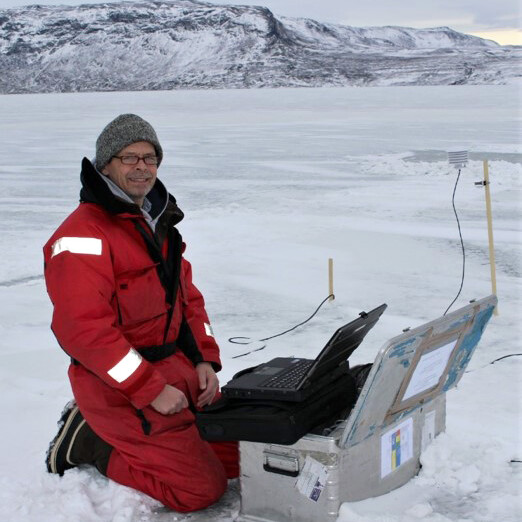Sea ice as habitat for microalgae, bacteria, virus, fungi, meio- and macrofauna: A review of an extreme environment
[Published 30 August 2024]
Scientific Publications
Abstract
The novel concept of the review is a focus on the organisms living in the sea ice and what mechanisms they have developed for their existence. The review describes the physical environment of the sea ice and the microorganisms living there as microalgae, bacteria, virus, fungi, meio- and macrofauna where they inhabit the brine channels and exposed to low temperatures as down to −25 °C and high salinities—up to 300. Nutrients, O2, CO2, pH, light, and UV are also identified as stressors regarding the metabolism of the microorganisms. It is argued that sea ice must be recognized as an extreme environment as based on records of very high or very low concentrations or intensities of the stressors that living organisms in the ice are exposed to and able to endure. Each taxonomic group of organisms in the sea ice are dealt with in detail in terms of the explicit stressors the group is exposed to, and specifically what known mechanisms that the organisms have amended to secure existence and life. These mechanisms are known for some group of organisms as autotrophs, bacteria, meio- and macrofauna but less so for virus and fungi. The review concludes that sea ice is an extreme environment where the stressors vary significantly in both space and time, both in consort and solitary, classifying organisms living there as polyextremophiles and extremophiles. The review relates further to extraterrestrial moons covered with sea ice and these habitats and points toward sea ice on Earth for prospective studies until further technological advances.
FACE-IT Scientists:
Lars Chresten LUND-HANSEN
Arctic Research Centre, Aquatic Biology, Department of Biology, Denmark
Lars’ FACE-IT Projects
Role in FACE-IT:
• Leader "Ecosystem Function Changes"

